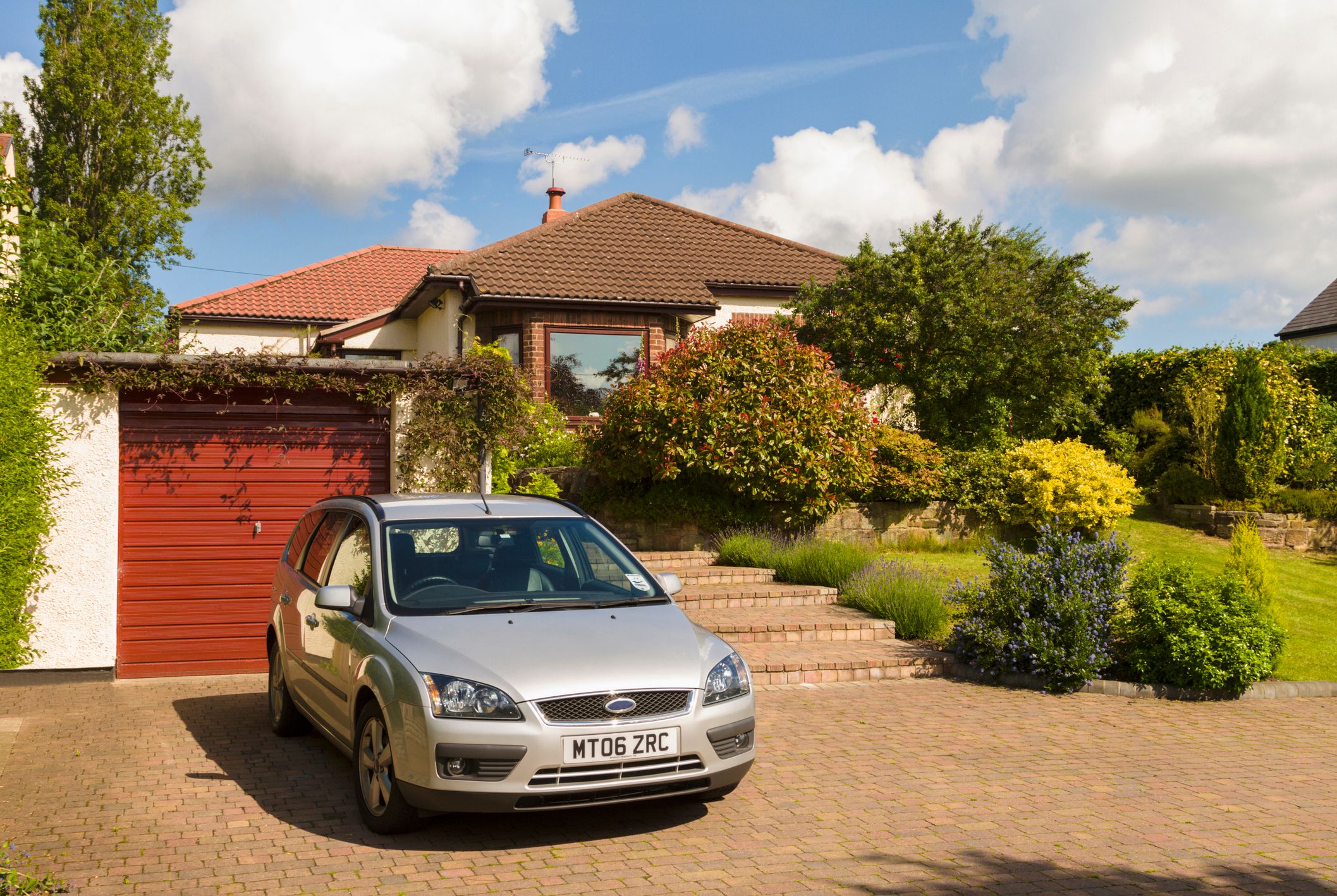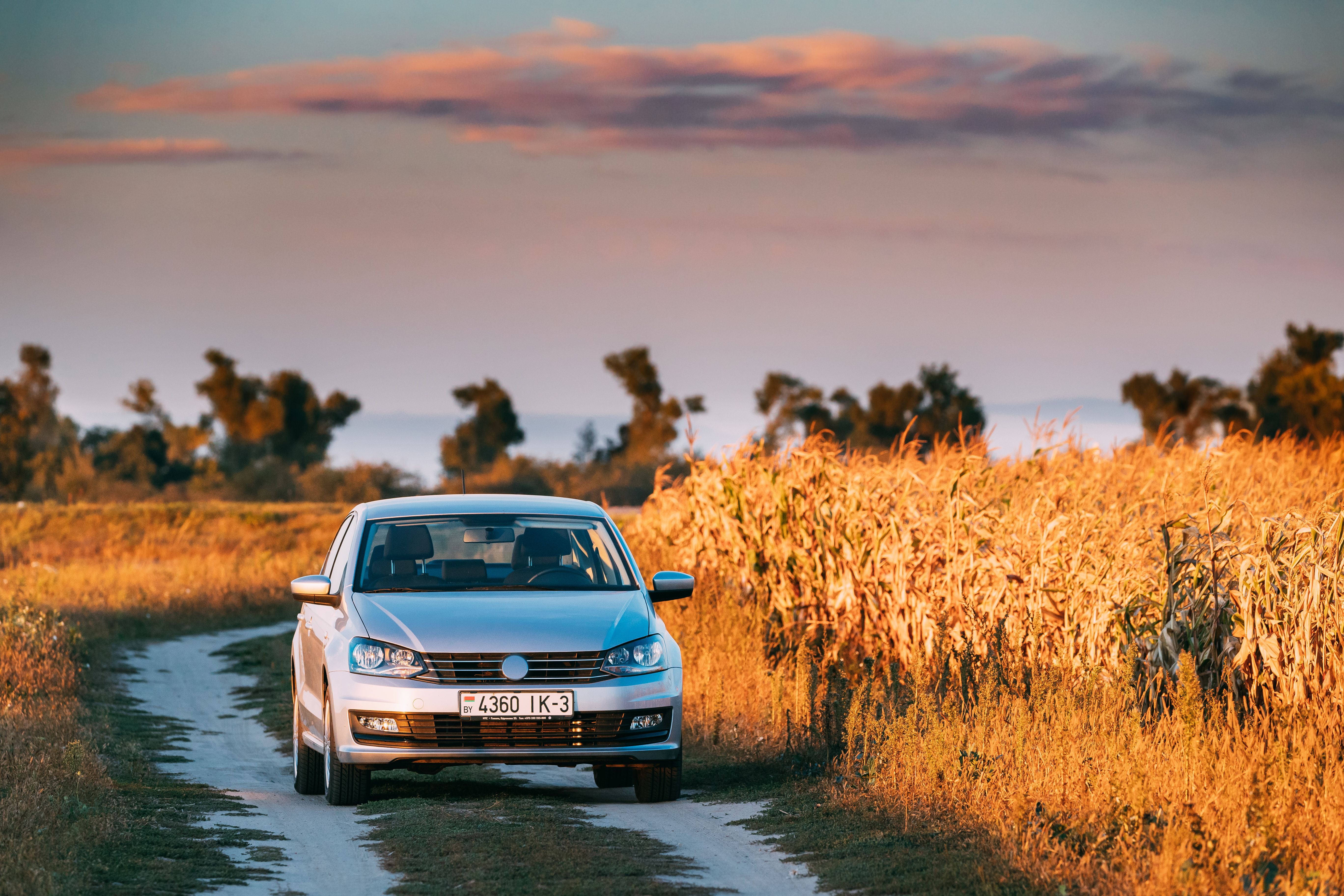Secure Your Car With The Super Car Insurance Plan!
Believe it or Not! Save upto* 75% on TATA AIG Car Insurance
Secure Your Car With The Super Car Insurance Plan!
Believe it or Not! Save upto* 75% on TATA AIG Car Insurance
PPF (Paint Protection Film) Vs Ceramic Coating
- Author :
- TATA AIG Team
- ●
- Last Updated On :
- 11/07/2023
It is natural for new car owners to want to preserve the appearance of their cars for as long as possible. Thankfully, car paint protection has come a long way, so you no longer have to worry about continually buffing and polishing your car to keep it looking shiny and new.
Currently, you can choose between paint protection film or ceramic coating, which are the two most popular options. Both are great for different reasons, so keep reading if you want to know which one you should pick. We have also provided a table at the end for quick reference.
What is PPF?
PPF, or paint protection film, is a flexible, transparent, or tinted protective coating applied to the car's outer body. It is usually made of thermoplastic urethane (TPU), which has self-healing properties and can protect your car paint from fading, chipping, or scratches from regular usage.
PPFs last a long time if maintained properly, typically for 7 to 10 years. They are virtually invisible and do not impact the look of your car. However, PPF car coatings are also available in various finishes.
What is Ceramic Coating?
Ceramic coating is a liquid polymer applied on top of the car's paint, which is then cured and hardened to form a transparent protective coating. It gives your car a glossier finish that many car owners seek.
Ceramic coating is highly hydrophobic (water resistant). As a result, it is especially good at repelling dust and other substances that could harm the car's paintwork. It also offers UV protection and is easier to clean and maintain.
Which is Better, PPF or Ceramic Coating?
Ceramic Coating vs PPF: Water Resistance
In terms of water resistance, ceramic coatings win by a long shot. The curing process forms a chemical bond with your car's paint and provides a permanent layer of protection.
You will see clear signs of water resistance, like water beading or sheeting, allowing the water to slide right off the car's surface when they have a ceramic coating.
For PPFs, you do not get the same level of water resistance. As a result, they are more vulnerable to improper washing techniques and damage from water spots or water swirls.
Ceramic Coating vs PPF: Maintenance and Repairs
Ceramic coatings and PPFs need proper washing and drying techniques to be properly maintained to avoid water stains or swirl marks. However, ceramic coatings are easier to clean and maintain due to their hydrophobic and dust-repelling properties.
Cars that have either coating can not be taken to automated car washes as it can damage or scratch the outer coating. Both coatings must be cleaned/washed every 2 weeks for proper maintenance.
Between ceramic vs PPF coatings, PPFs are much easier to repair due to their self-healing properties.
You only need to apply heat to the PPF coating to fix any scratches. Whereas with ceramic coatings, only newer variants offer self-healing properties, which are usually more expensive.
Ceramic Coating vs PPF: Application and Cost
Both PPF and ceramic coating costs will depend on their quality and the size of your car. However, between PPF vs ceramic coating costs, PPFs are more expensive.
PPFs can be applied independently with an applicator brush in your garage if you are looking to reduce costs. However, it is not advisable, as an improper application can cost you more since PPFs can not be re-applied.
Ceramic coatings must be applied professionally due to the nature of their application process. However, they will still be more affordable than PPFs.
PPFs can cost between ₹1 lakh to ₹1.5 lakhs and vary depending on their quality, type and car size. Ceramic coating can cost ₹15,000 to ₹30,000, with newer or more enhanced variants costing ₹35,000 to ₹50,000.
Ceramic Coating vs PPF: Lifespan and Protection
PPFs are best for long-term protection. Good-quality PPFs last around 7 - 10 years, and ceramic coatings last for 2 - 5 years when maintained properly.
If you primarily buy second-hand cars or plan to resell your vehicle, ceramic coating is a better budget option that will still give you optimal protection for the limited time you own your car. Whereas PPFs are a better long-term option.
In terms of protection, PPFs are best for protection against country roads and highways where rock chips, stones, and other road debris can cause impact damage to your car's surface. It is also better at withstanding extremes for temperatures like harsh sunlight or frost.
Ceramic coating gives your car a more glossy finish, offers better water resistance, and is better at protecting against environmental contaminants like dust, dirt, bird droppings, UV rays, rain, tree sap, etc.
PPF Coating vs Ceramic Coating — Is There an Affordable Solution?
If you are looking for maximum protection without spending a lot, there is a way to use both PPF and ceramic coatings on your car strategically.
PPFs can be applied to more vulnerable areas of your car, like the car headlights, bumpers, side mirrors, fenders and bonnets, which are more prone to damage from scratches and road debris. Once these areas are covered, you can cover the rest of your car with ceramic coating.
This allows you to utilise the benefits of PPFs and ceramic coating for your car simultaneously instead of choosing just one option.
Does Insurance for Four-Wheeler Cover Car Paint Protection Damage?
This will depend on your insurance provider, but most four-wheeler insurance policies do not cover damages caused to PPF car coatings or other paint protection coating damages. So if you need to replace or fix your paint protection film or ceramic coating, you must pay out of pocket.
A car insurance policy will cover minor superficial damages like scratches, abrasions, and dents caused by collisions or accidents. Most insurance providers accept claims filed for major and minor car repairs. But, filing continued claims for minor repairs during the policy term is not advisable. This may lead to the cancellation of your No Claim Bonus, and the renewal premiums can also up.
If you live in an accident-prone area or a high-risk city, it is best to get car paint protection and pair it with a four-wheeler insurance policy rather than picking one or the other. These two, in combination, will provide better financial protection in the long term.
Differences Between PPF And Ceramic Coating: A Brief Overview
| Categories | Paint Protection Film (PPF) | Ceramic Coating |
|---|---|---|
| Thickness | Thicker than ceramic coating | Thinner |
| Self Healing Properties | Yes | Only newer formulas are self-healing. |
| Hydrophobic (Water Resistance) Properties | Most PPFs are not hydrophobic and are prone to water damage and stains | Extremely hydrophobic |
| Maintenance | ● More vulnerable to improper washing and maintenance ● Can not be taken to an automated car wash. | ● Self-cleaning ● Drying is also much easier ● Can not be taken to an automated car wash |
| Independent Application | Can be applied at home and professionally | Needs to be professionally applied |
| UV Protection | Reduced UV protection compared to ceramic coating | Yes |
| External Protection | Better for impact protection like scratches, abrasions, road debris, etc. | Better for water resistance and protection against environmental contaminants. |
| Lifespan | 7 - 10 years | 2 - 5 years |
| Cost | More expensive | Affordable |
| Car Insurance Coverage | None | None |
Conclusion
When deciding between paint protection film or ceramic coating, you must consider your car size, the type of protection you need, and your budget. Both options are often one-time purchases since they last a considerable amount of time and are often considered investments.
However, just like comparing ceramic vs PPF coatings, you must compare car insurance policies with different insurance providers before purchasing.
You can use our car insurance calculator to estimate your premiums and our online facilities to compare different four-wheeler insurance plans. This makes sure you are picking the best possible option suited for you and that you get the best value for your money.
Disclaimer / TnC
Your policy is subjected to terms and conditions & inclusions and exclusions mentioned in your policy wording. Please go through the documents carefully.


